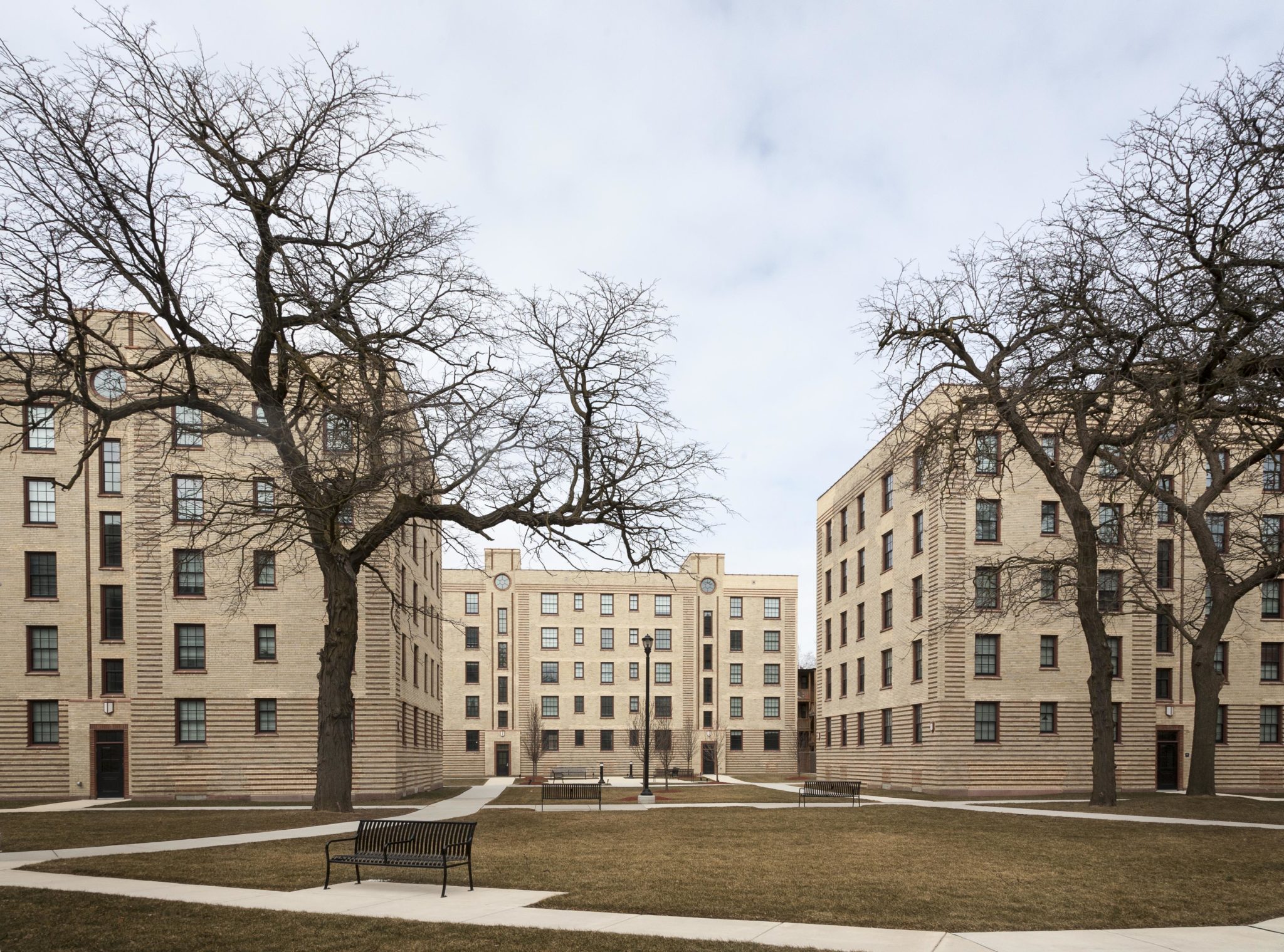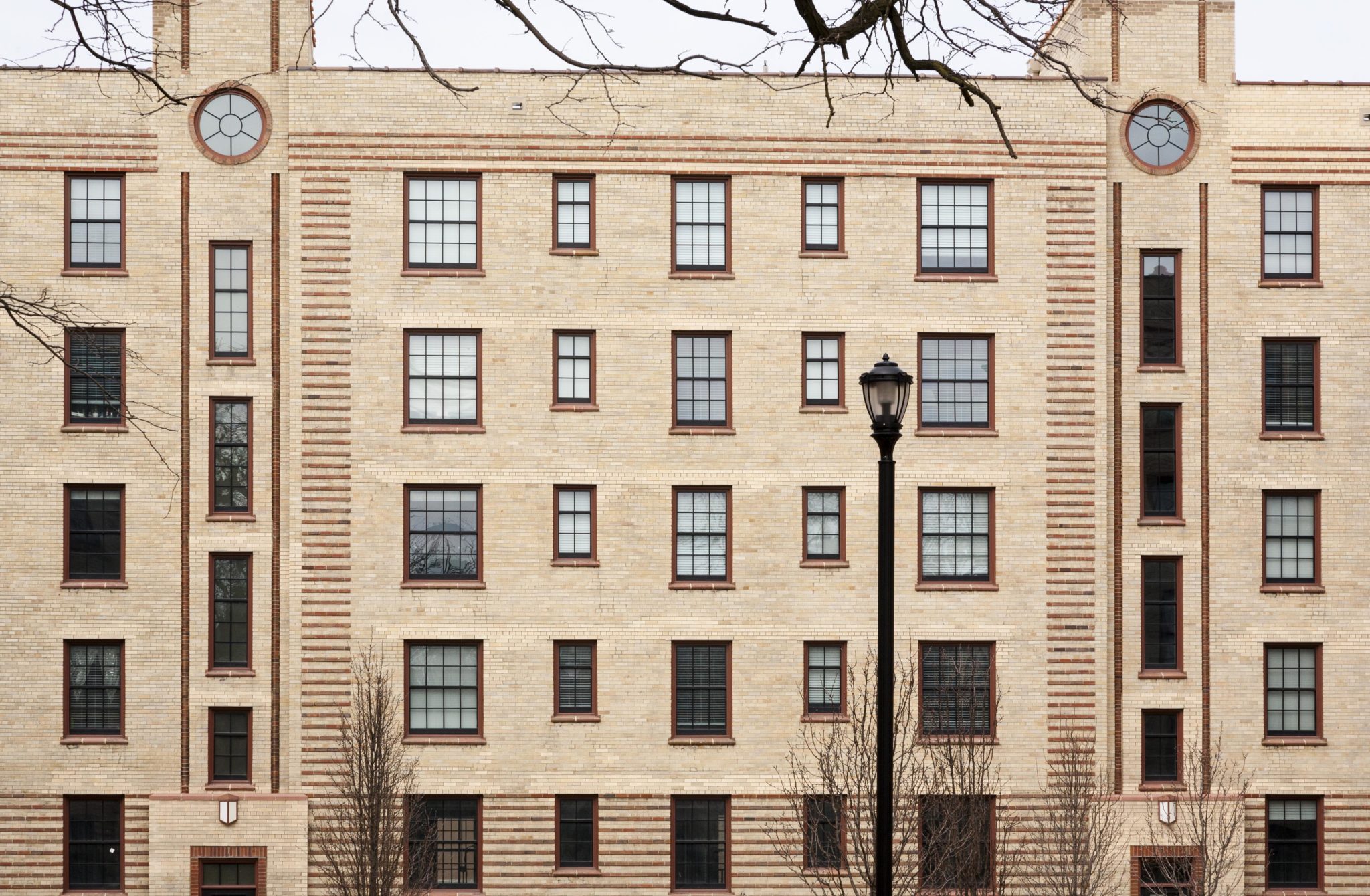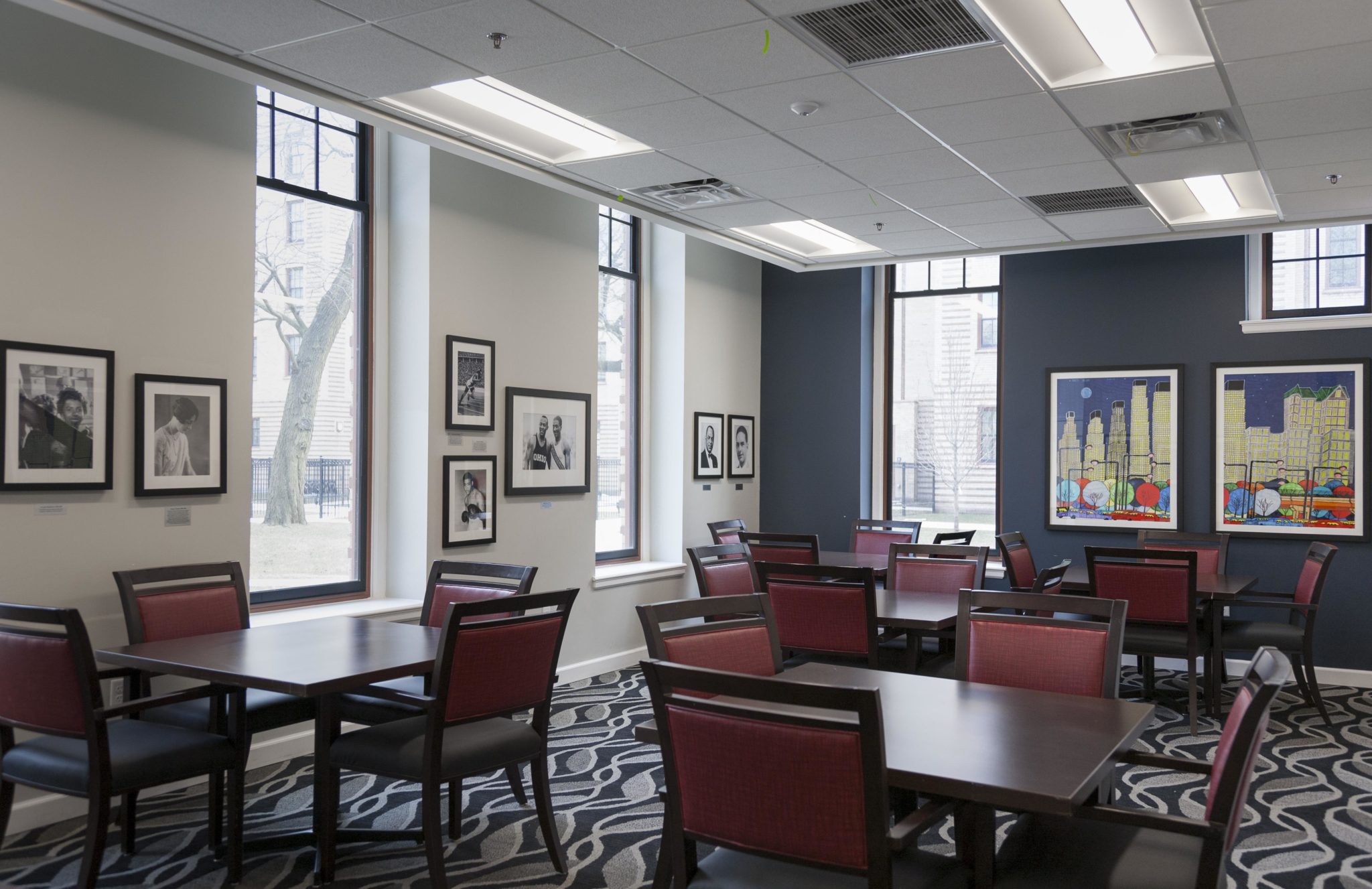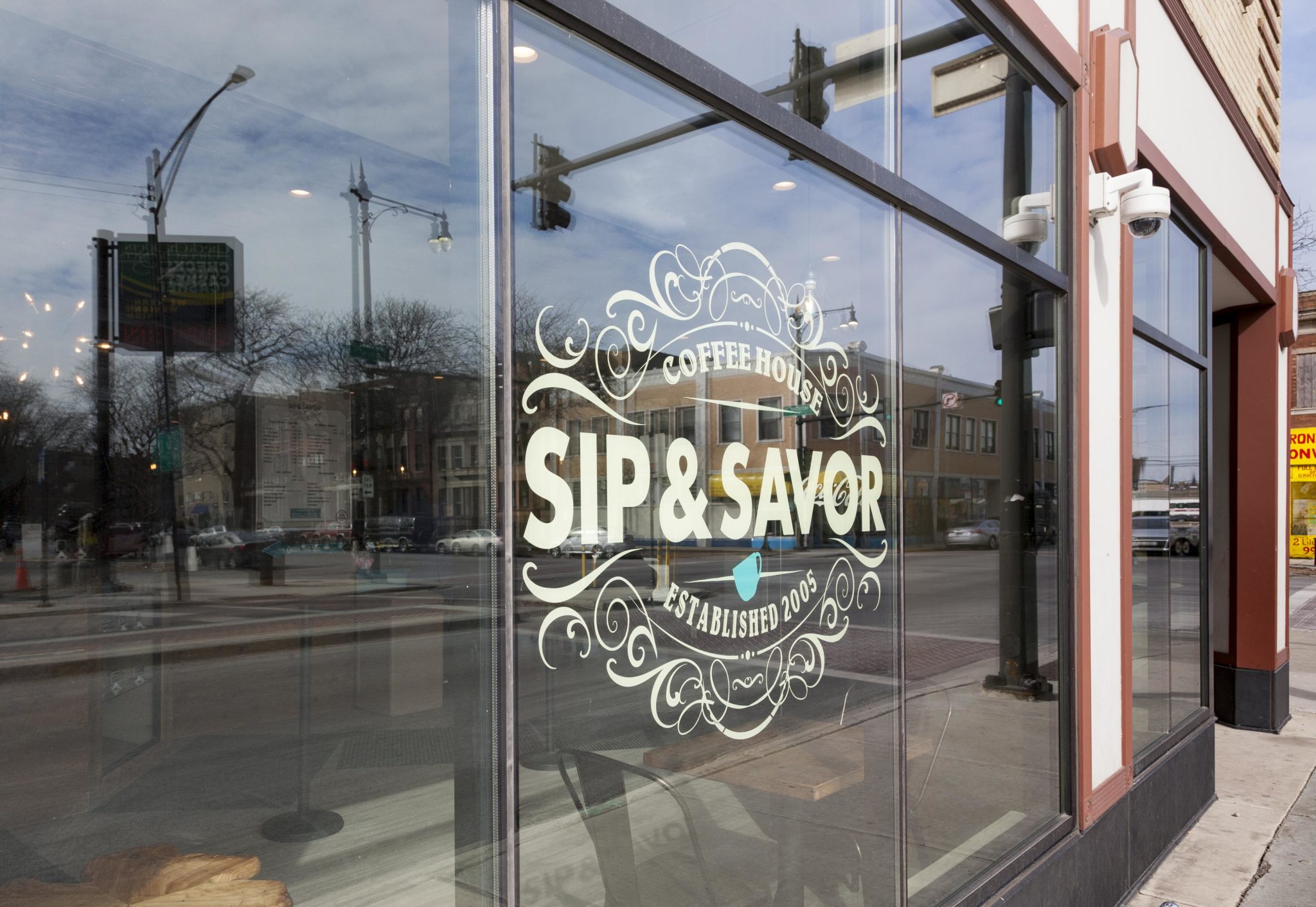Historic Significance
In the early 20th century, the African American population in Chicago was rapidly growing due the Great Migration from largely southern states. Because of existing housing segregation practices, African Americans looking for homes were largely restricted to the “Black Belt,” a long, relatively narrow strip of land on the South Side that was centered along State Street. This “city within a city”—especially the neighborhood of Bronzeville—grew into a vibrant and largely self-sufficient African American community. Residents, however, often faced great difficulties finding modern and affordable housing.
Responding to this need, socially conscious philanthropist and Sears, Roebuck & Company Executive Julius Rosenwald commissioned a 421-unit residential complex on Michigan Avenue in 1929. The complex was intended to provide sound housing for the growing black middle class and provide a small return on investment for Rosenwald. According to AIA Guide to Chicago (1993), Rosenwald’s inspiration for the development was post-World War I municipal housing in Vienna. The architect was his nephew, Ernest A. Grunsfeld, Jr. (architect of Adler Planetarium) and his son-in-law, Alfred K. Stern, was in charge of the development.
During its heyday, a number of well-known people lived at the Rosenwald Court Apartments, including writer Gwendolyn Brooks, singer Nat King Cole, boxer Joe Louis and record producer Quincy Jones. “For decades the apartments were extremely attractive to working-class renters, but profit was only 2.4 percent over seven years on a $2.7 million investment,” the AIA Guide to Chicago states. “After Rosenwald’s death in 1932, Stern conceded that low-income housing needed government support.”
Later, the complex was sold to the Chicago Department of Urban Renewal and ownership eventually transferred to the Chicago Housing Authority (CHA). The Rosenwald complex housed both Section 8 and many displaced residents from the Robert Taylor Homes – a nearby public housing complex that was demolished. However, CHA later vacated the building and the complex closed in 1999. For years, it sat vacant and deteriorating under ownership of the City of Chicago, which had no plans for rehabilitation for the buildings.
(Photo credit: Liz Chilsen)




